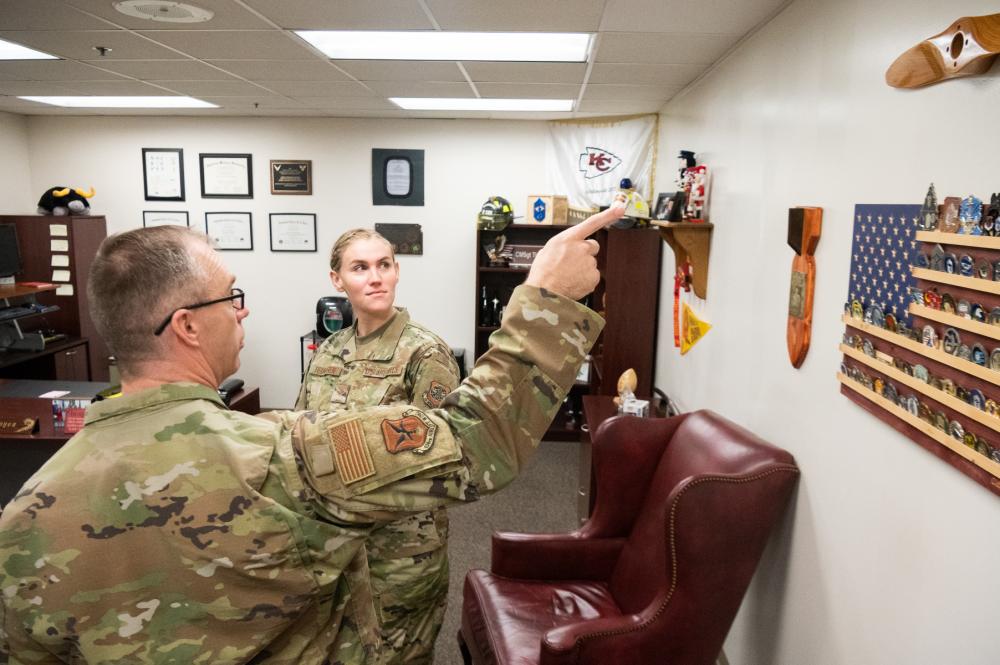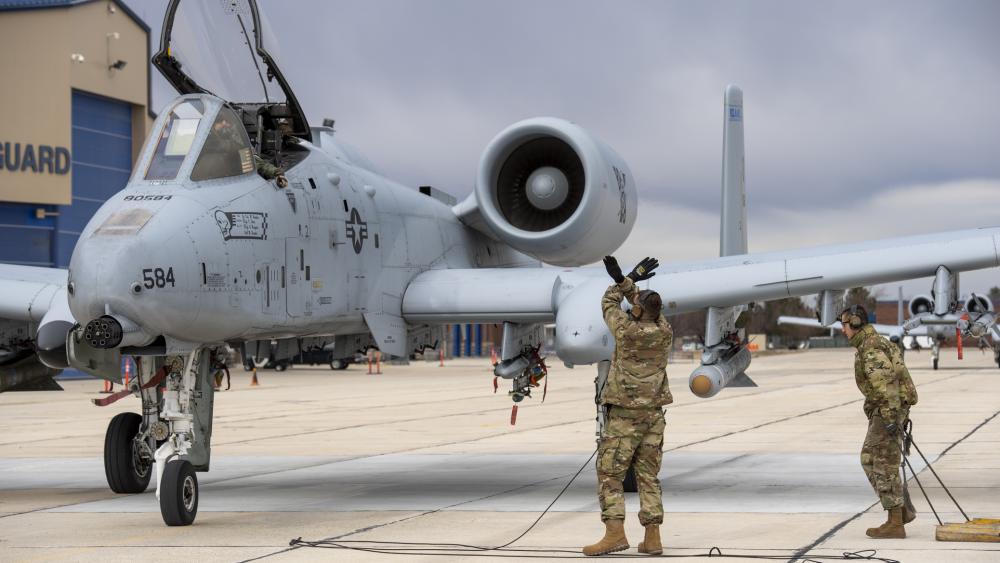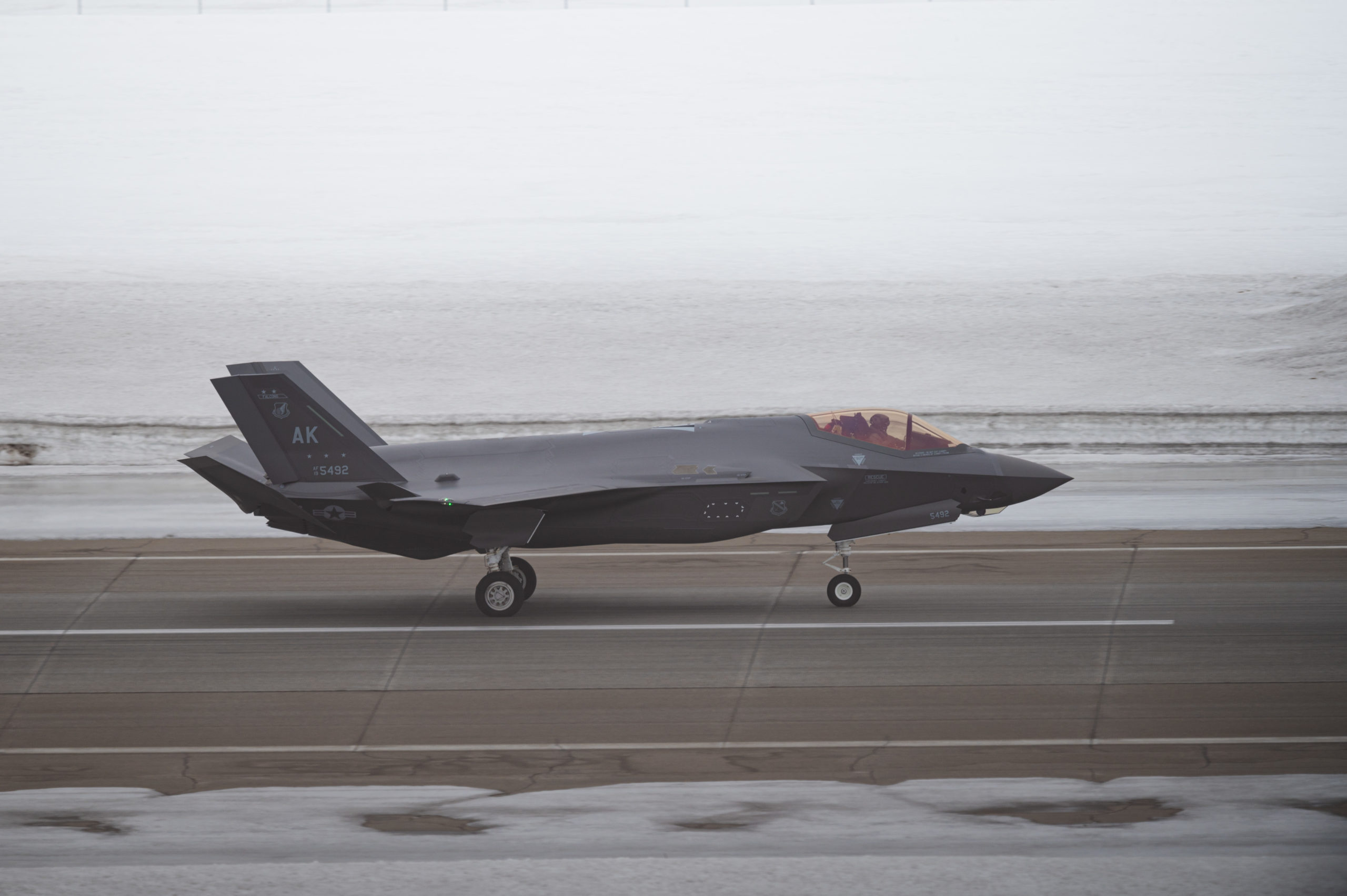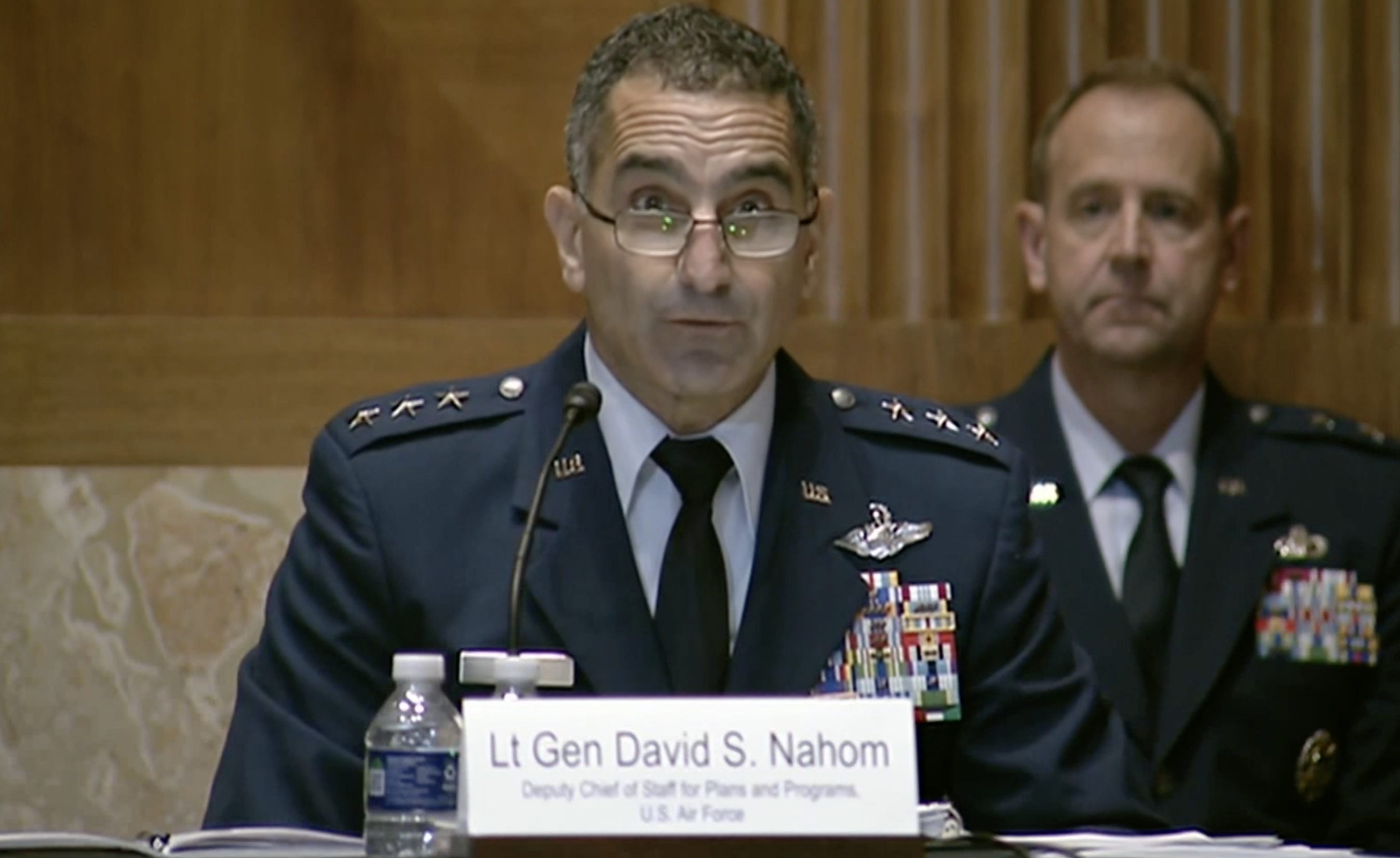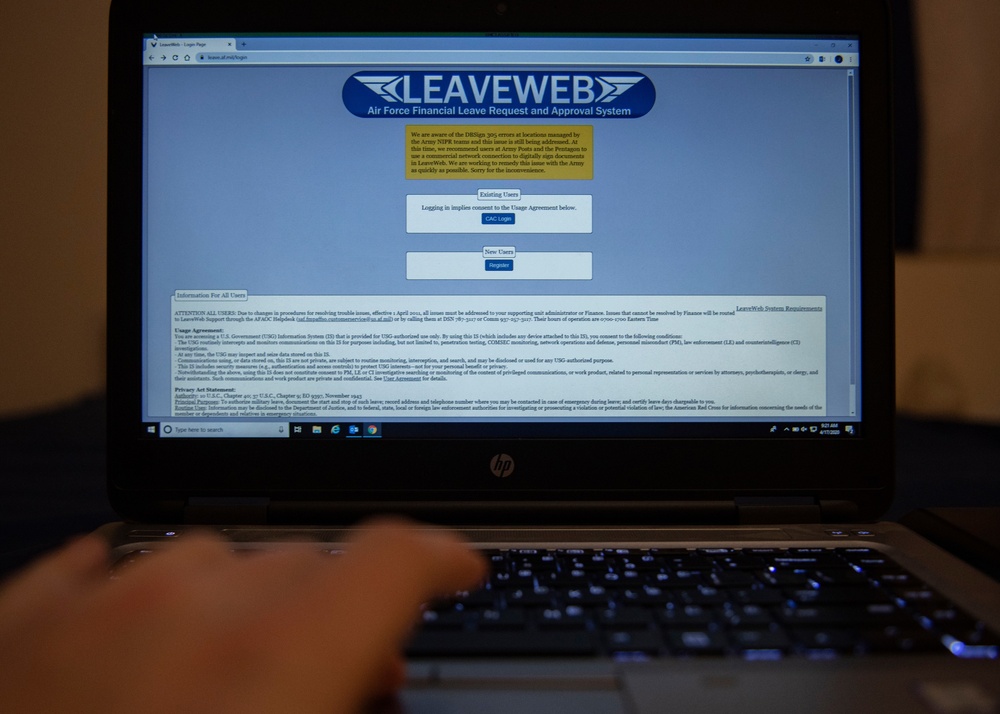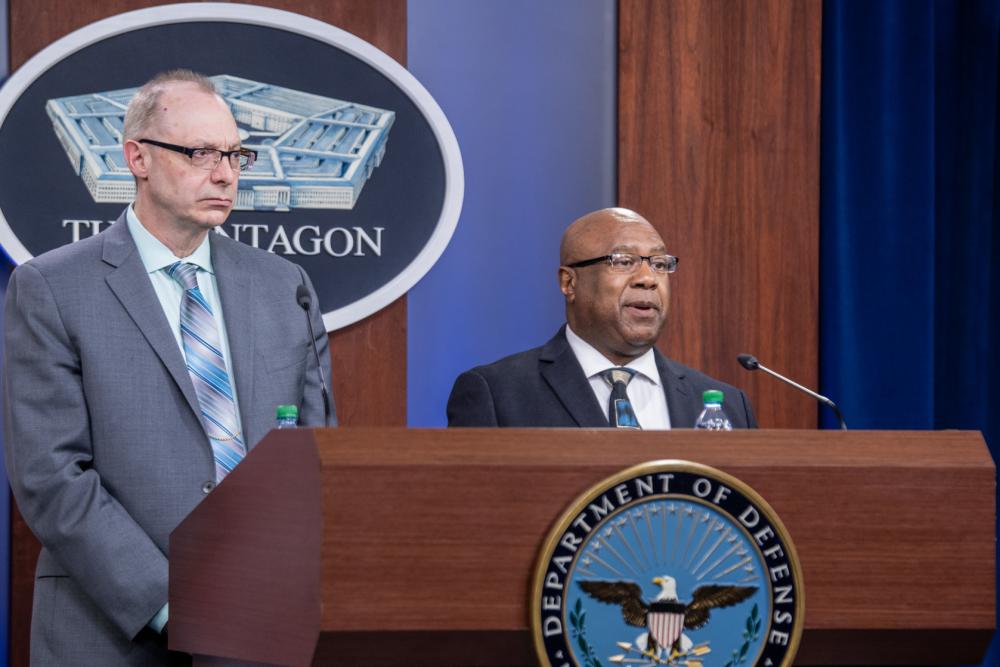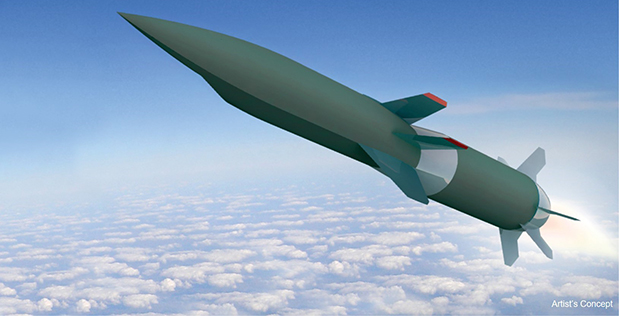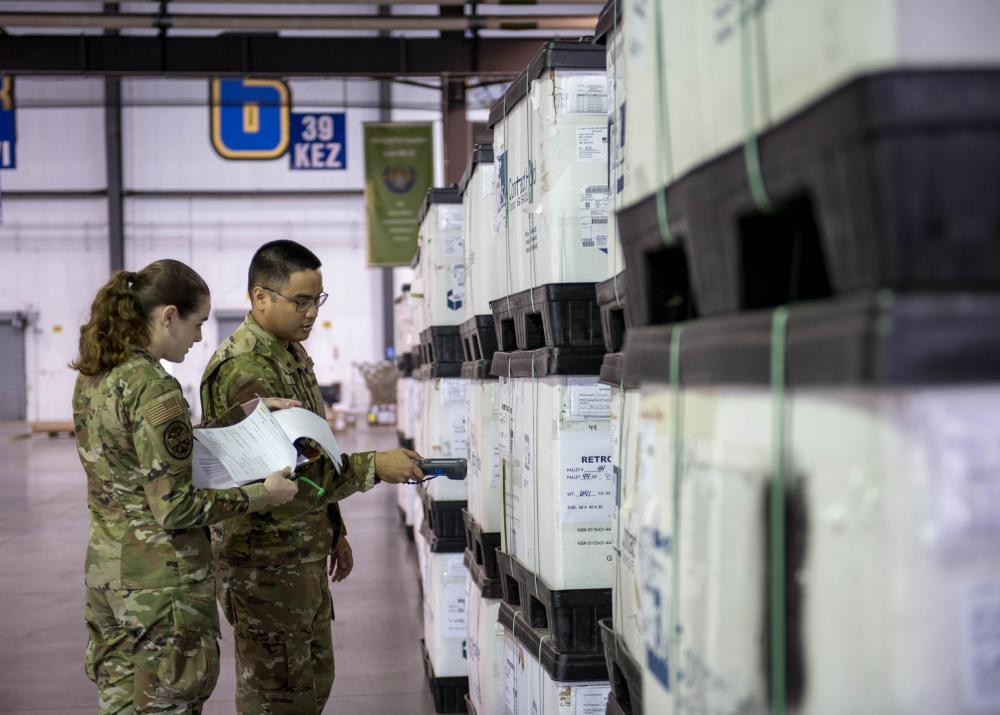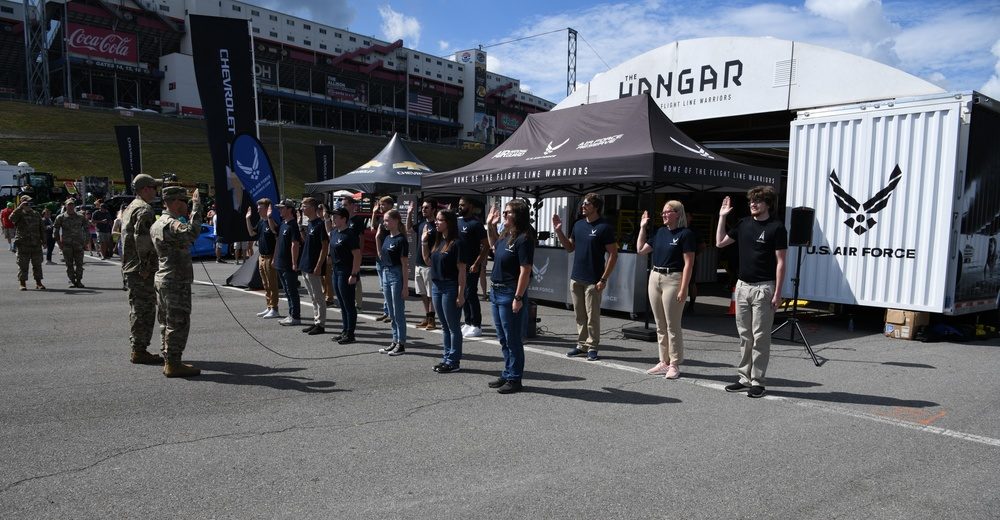A new initiative announced by Air Force leadership this week is aimed at leadership development and unit cohesion—and thus far, it has drawn mixed reactions on social media.
Chief Master Sergeant of the Air Force JoAnne S. Bass took to Facebook on April 12 to release a memo detailing “Airmen’s Time.”
“The intent of Airmen’s Time is to create a safe space, be present, and ensure that our Air Force culture invites healthy conversation for every Airman,” states the memo, which is signed by Bass and Chief of Staff Gen. Charles Q. Brown Jr.
The effort dovetails with the Air Force’s overhaul of how it develops its enlisted force. Under the new Enlisted Force Development Action Plan, released in January, the service aims to revise its “Little Blue Book” of Air Force Core Values and its “Little Brown Book” defining the enlisted force structure. The service also introduced “Airman Leadership Qualities,” new standards for assessing both enlisted and officers.
“Airmen’s Time” will further those efforts by pushing leaders to engage with their Airmen and help “elevate connection, growth, and enhance the well-being of individual Airmen while building unity within our teams,” the memo states.
“The concept of ‘Airmen’s Time’ certainly isn’t new—many units have been doing it for years,” Bass said in a statement provided to Air Force Magazine. “This memo is meant as a call to action for our leaders to ensure we are devoting the time needed to help deliberately develop our Airmen.”
What exactly that will look like, however, is going to be up to unit-level commanders.
“The ‘Airman’s Time’ initiative is part of our push to deliberately develop our Airmen, build that Airman of 2030 and beyond,” Master Sgt. Jarad A. Denton, public affairs advisor to the CMSAF, told Air Force Magazine. “And so as we’re deliberately developing our people, the team that’s working on that identified that, ‘Hey, we can’t just push out things saying, develop people here, do this, follow this program.’ You have to build leaders by allowing them to lead and ‘Airman’s Time’ is a way of doing that.”
That open-endedness has been the source of frustration for some Airmen—in particular, posters on the Air Force’s unofficial Reddit page have written more than 500 comments about the memo, the vast majority of them expressing confusion as to what “Airmen’s Time” will actually entail.
“I have no idea what it is [Bass] is asking us to do,” one of the top comments reads.
However, the lack of precisely defined expectations and tasks was intentional, meant to allow lower-level leaders to decide what is best for their teams, according to Denton.
“The thought process behind it goes back to … leaving it up to those leaders at unit levels at all the different levels throughout the organization, to really use this initiative as a way to define what their culture in that unit is going to look like, how they deliberately develop their Airmen to best get after the individual missions that they have to accomplish,” Denton said. “So that’s why it’s not a prescriptive program out of the Pentagon. It’s really kind of going back to that initiative to empower our leaders to actually help develop our Airmen into what we need from them.”
Asked for examples of what “Airmen’s Time” could look like for individual units, Denton indicated that it could be informal if commanders decide that is best.
“Some organizations have their own formalized programs. Some have initiatives,” Denton said. “But it can be as simple as a conversation under the wing of an aircraft on the flight line, saying, ‘Hey, we got a little bit of time in between jobs. Let’s chat about something. Let’s chat about your development. Let’s chat about the direction the Air Force is going in. Let’s chat about any of these things.’ So it doesn’t have to be ‘Hey, let’s all come together and sit down.’ Unless that is what would work best for that unit.”
On Facebook, more than 400 comments have been logged on Bass’ post sharing the memo, many of them providing examples of units that have already started programs or efforts to boost morale and team-building.
“At the [55th Medical Group] we have implemented wingman Wednesdays, first and third Wednesday, where we hang out and get to know one another,” one commenter wrote. “Also, implemented in the flight I work we do flight lunches every Friday.”
It’s examples like that, Denton said, to which those who are confused by the idea should look to understand what “Airmen’s Time” can be.
“It falls on those units to find out what’s best going to work for them, and what level of accountability they want to have with this,” Denton said.
Bass, however, expressed confidence in “Airmen’s Time” taking root.
“As with any new initiative, there are going to be innovators, early adopters, the early and late majority, and laggards,” Bass said in a statement. “Right now, the feedback has been largely positive, but these things take time to implement at all levels. I would ask that Airmen look at this memo as one step in a larger process toward building the Air Force we need in 2030 and beyond.”
